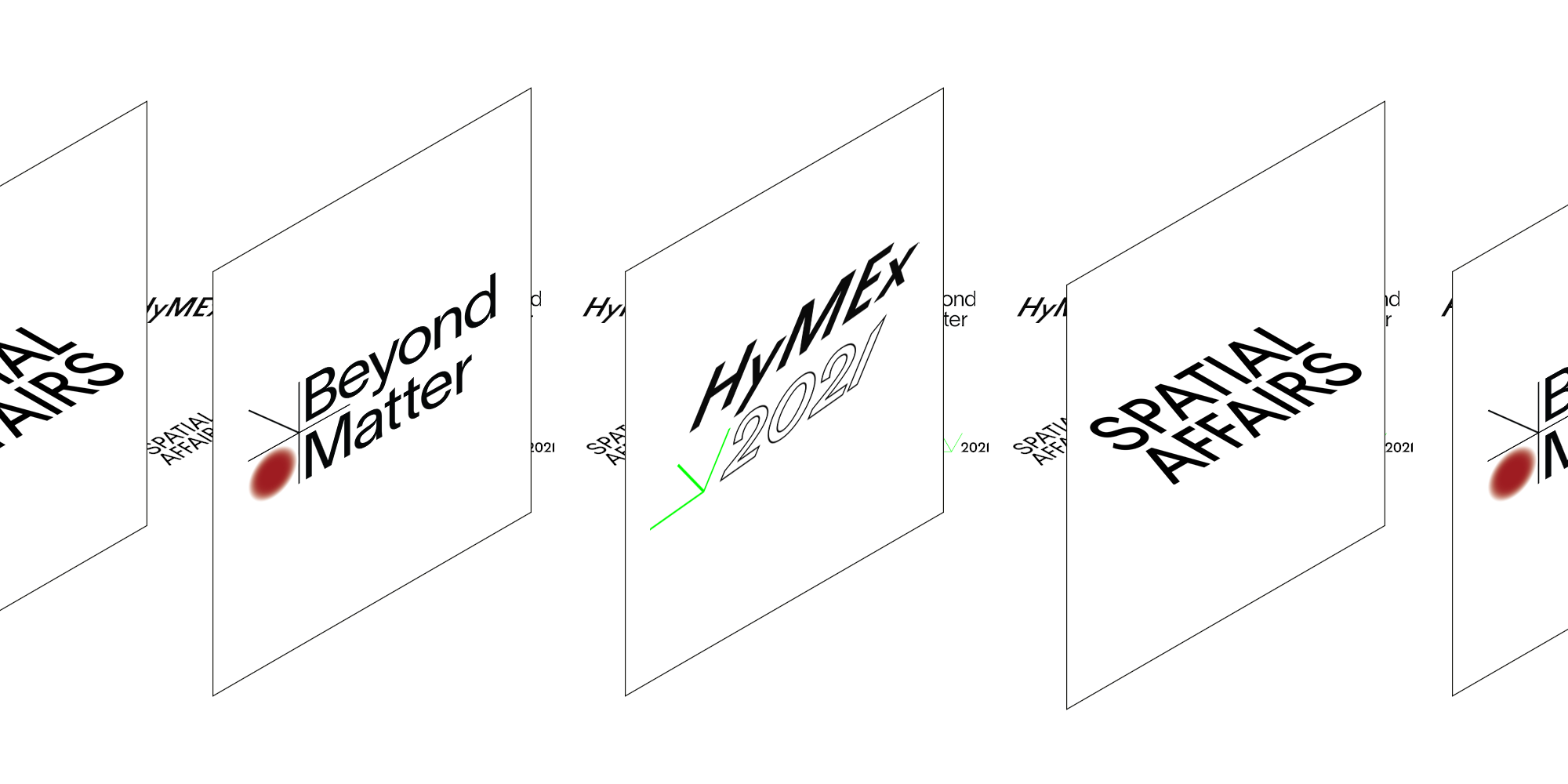Anton Corbijn
Work
April 29 – July 5, 2009
H-1095 Budapest, Komor Marcell u. 1.
Phone (36 1) 555 3444
Fax: (36 1) 555 3458
info@luwigmuseum.hu
Corbijn was born in 1955 on the Dutch island of Strijen whose isolation from cultural and contemporary music, the amplification of sound and nearness of rock stars, resulted in a heightened and more intense impact on the young boy whenever live concerts took place on the island, which was considered a rare occurrence. In fact, it was the experience of contemporary rock music that provided the catalyst and served as impetus to prompt Anton Corbijn to move in the direction of photography. Distant news of Woodstock, the 1969 music festival that became a legend, also made a deep impression of Corbijn, who grabbing his father’s camera used it to legitimize his presence and serve as an antidote to his modesty by gaining proximity to the musicians.
In the course of restructuring the Strijen Protestant family’s contemplative view of life to that of capturing experience visually, Corbijn insisted on working the camera as a prosthetic communication device that also enabled him to shed the blocks that prevented him from establishing relationships as well as to draw self confidence in an environment that was otherwise foreign to him.
In opposition to the relentless deluge of what were the common very colorful photographs of stars, unnaturally clear and sharp, artificially lit, seemingly polished to a high luster and the cacophony these evoked, for Corbijn black and white images represented the absolute point of reference.
His photographs are characterized by materiality and are developed to a grainy texture to present the effect of physical proximity. We can recognize his style through washed out blurry contours, features sinking into shadows, a hidden or averted gaze, the emphatic role of hands, as well as startling, unusual compositions. Corbijn does not simply strive against the fleetingness of reality but would also like to state unequivocally through his photographs that we are not faced with ideals but idols who seem to appear as their own shadow. In this manner the photographer places his famous models on the threshold of mystification and anonymity and as a result raises the question of the existence of their own mythology, making that myth unstable thereby.
Throughout his work Corbijn examines various social and psychological manifestations that relate to the concept of star. In the early black-and-white, as well as the so-called Star Trak series he raises the question of being a star as a life-style or as a psychological state of being. We encounter well-known personalities in his photographs about whom the audience at large has formed an image of their person and their lives as a result of their continuous appearances and roles. In Corbijn pictures their spontaneous deeply human revelations and the exposure of their elusive true personalities seem disturbing to us, almost a lie.
Identification with stars, more precisely, with idols has become one of the most interesting and unusual socio-psychological questions in the last half a century. The question of the identity of stars has preoccupied the Dutch artist to the extent that returning to the island of Strijen he placed himself under the same scrutiny. In the series titled, a. somebody, he divulges his own personality as part of a self-awareness process through the aid of portraits about himself — we are referring to disguised self-portraits —by taking on the body of departed musicians, in part as homage and in part as a retrospective of his career path.
In his series entitled, 33 Still Lives, which is a subtle criticism of the popular appeal of stolen images of celebrities in their private lives as generated by the mass media, together with the presence of the paparazzi phenomenon, he also examines the superficiality, emptiness, and lack of content of star photographs. Corbijn strives undaunted against the tyranny of mechanically produced pictures without a soul, his mode of perception unquestionably reflects the visual heritage of Eugène Smith, Robert Frank and Dorothea Lange. At the same time, his creative approach in his a. somebody “self-portrait” series can also be brought alongside Cindy Sherman’s work.
Anton Corbijn’s name may be most known by the general public in conjunction with music award ceremonies and is associated with the image of such famous performers as Depeche Mode, U2, Nirvana, Coldplay, Metallica, Rollins Band, and the Killers. For this reason, we are presenting a selection of video clips between 1988 and 2005 that have won the highest acclaim in the profession.
From among the bands listed we have dedicated a separate room for the portrait of the members of the Depeche Mode band. The Dutch photographer and the internationally renowned band are long-time closely aligned friends and work associates to the present day, the relationship leading to constant renewal that deeply affects the creative process mutually.
Considered a marker in Corbijn’s career, the highly acclaimed 2007 feature film, Control, about lead singer Ian Curtis of the Joy Division will be shown several times during the exhibition.
The exhibition is curated by Róna Kopeczky









